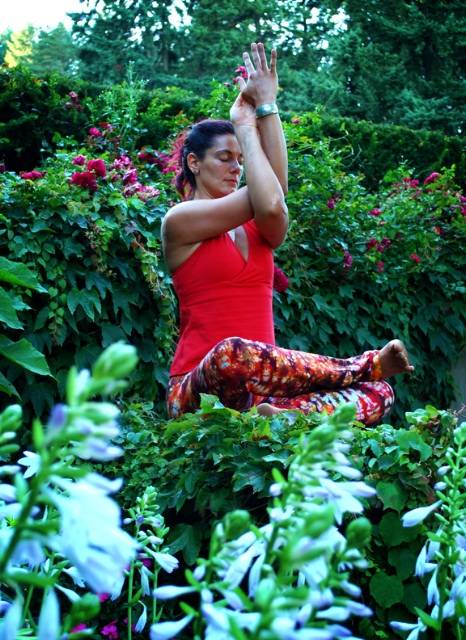The infamous joint, often simply referred to as the “I have a shoulder issue” area. What a conundrum this profound capsule can create or cause you to be victim to. There are so many activities this ball and socket fulfill. With multiple ranges of motion, this area is considered to be the hip socket of the torso. The scapula is more likened to a chicken wing and the humerus has nothing funny about it, with the exception of that tickle spot in the armpit. All these landmarks weave a tapestry of infinite possibilities for tweaks, aches, pains, conditions, and issues. Some of them are physical, some of them mental. Let us examine some of the emotional components first.
Answer honestly: Do you shoulder other people’s problems or bear the weight of the world on your shoulders? Do you sometimes feel as though there is a huge weight lifted off your shoulders when a project comes to an end? Are you pulling something along or holding on to something too heavy? What baggage are you carrying with you?
Your body believes every word you say and when you speak it, your body responds. The metaphors you use around your body will also signify what is going on emotionally or physically. What metaphor do you say most frequently about your shoulders? What could this mean on a physical or mental or emotional level? Answer this and you may resolve the problem.
Combine these questions while doing the following pose to help ease strain and release tension from the shoulder girdle. By warming and unraveling adhesions in the connective tissue, you may dislodge some answers that lie deep inside.
Shoelace with Eagle Arms
This pose is useful for opening middle and upper trapezius, posterior deltoids, and triceps.

- To begin, sit in shoelace or cross-legged. Breathe into your upper back and spread the ribs from spine to chest. Cross your elbows and extend your forearms upward, intertwining your arms together. Palms press together.
- Remain for 5 breaths. On fifth exhale, pull your scapula down and reach your elbows forward. This action creates a greater stretch across the upper trapezius and scalenes of the neck and throat area.
- Warning: Do not whip your arms together with ballistic speed. There is too much transfer of weight and force from momentum on the acromioclavicular joint and it can cause injury to this area. Be purposeful in how you move shoulders and arms around to increase long-term mobility you can sustain for the rest of your life.
I have heard too many stories of yoga practitioners needing surgery from torqueing on the shoulders in down dog, chatturanga, and upward dog. When these movements are done quickly and with force, they create compression in the joint and grinding in around the ball and socket head of the humerus. Be gentle.
When injured, combine hearing the internal dialogue from your mind with the feelings from the body and you will gain a clearer understanding how to address both the needs of your body and the desires of your heart.
Photo 1 courtesy of Shutterstock.






